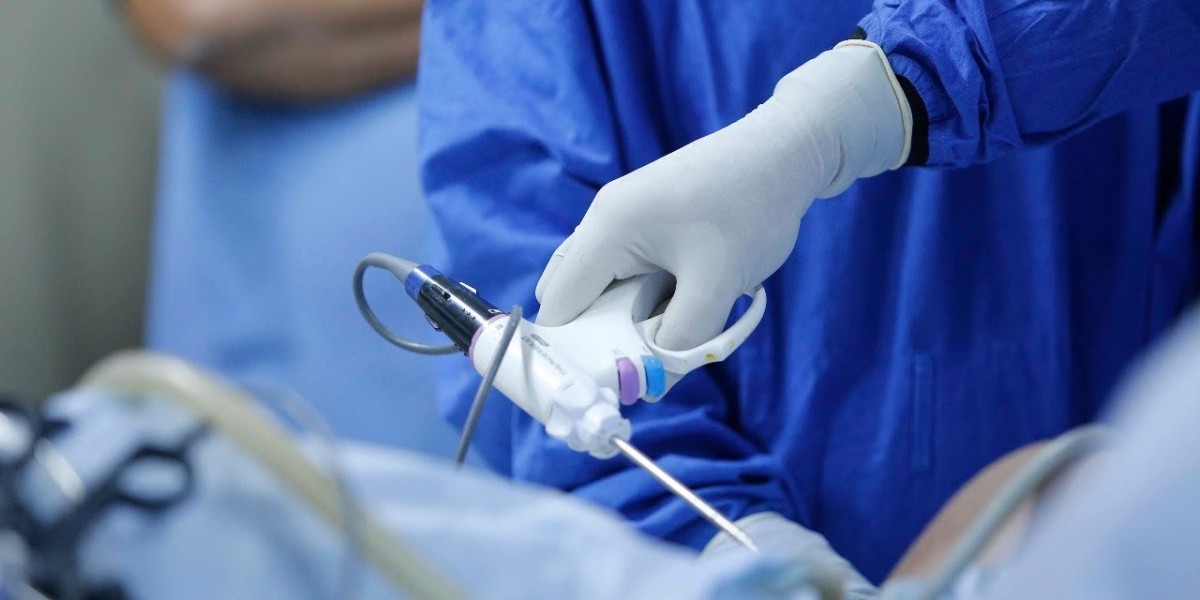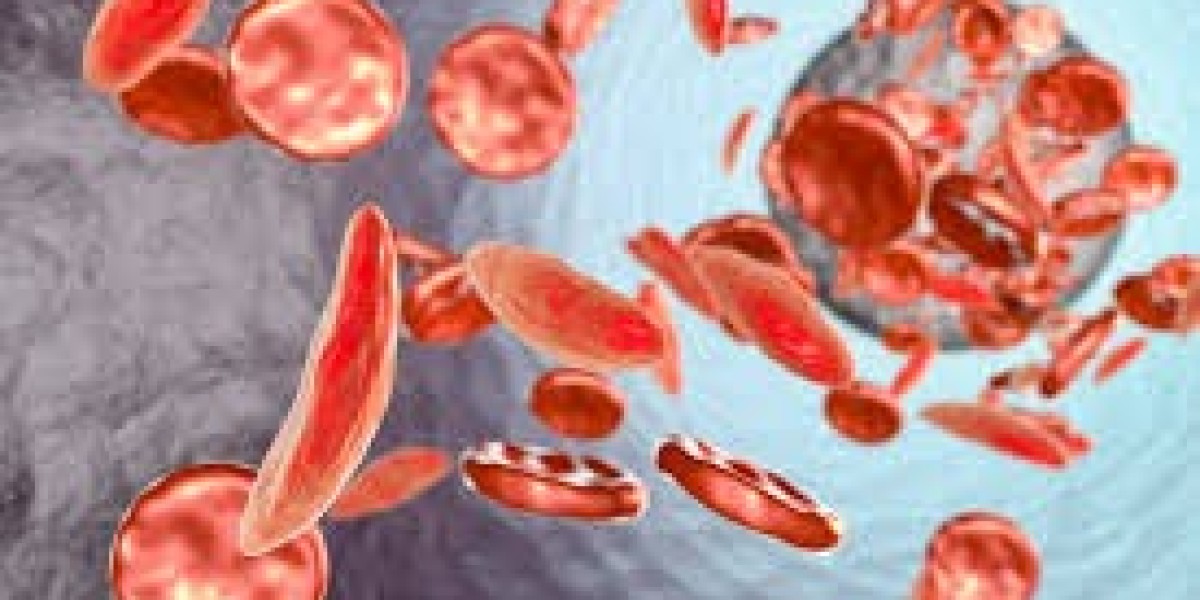Uterine fibroids, non-cancerous growths in the uterus, affect millions of women worldwide. Myomectomy, a surgical procedure to remove these fibroids, is a common treatment option. However, access to myomectomy and the quality of care can vary significantly across the globe.
The Need for Myomectomy: A Global Issue
Uterine fibroids are a prevalent health concern, affecting an estimated 70-80% of women by the age of 50. These fibroids can cause a range of symptoms, including heavy bleeding, pelvic pain, and difficulty getting pregnant. Myomectomy offers a solution for women who wish to preserve their uterus while addressing these symptoms and improving their quality of life.
A Disparity in Access: Geographical and Socioeconomic Barriers
Despite the need for Myomectomy, access to this procedure varies considerably depending on location and socioeconomic status. Here's a breakdown of some key challenges:
- Resource Constraints: Limited access to surgical facilities, skilled surgeons, and advanced medical equipment in low- and middle-income countries (LMICs) can significantly restrict the availability of myomectomy.
- Financial Burden: Even in high-income countries, the cost of surgery can be a significant barrier for many women, especially those without adequate health insurance coverage.
- Lack of Awareness: Limited knowledge about fibroids and treatment options, particularly in rural areas, can prevent women from seeking care altogether.
The Impact of Disparities: Unequal Outcomes
These disparities in access to myomectomy translate into unequal health outcomes for women around the world. Here's what's at stake:
- Delayed Diagnosis and Treatment: Limited access to healthcare can lead to delayed diagnosis and treatment of fibroids, potentially worsening symptoms and causing complications.
- Inadequate Treatment Options: In some settings, women may only have access to hysterectomy (removal of the uterus) as a treatment option, even if they desire to preserve their fertility.
- Psychological Impact: Untreated fibroids can significantly impact a woman's quality of life, causing physical discomfort, emotional distress, and relationship difficulties.
Bridging the Gap: Towards Equitable Myomectomy Care
The global healthcare community is taking steps to address these disparities and ensure that all women have access to high-quality myomectomy care. Here are some promising initiatives:
- Capacity Building: Training programs for healthcare professionals in LMICs can improve surgical skills and increase the availability of qualified surgeons to perform myomectomy procedures.
- Telemedicine: Telemedicine consultations can connect women in remote areas with specialists and provide education about fibroids and treatment options.
- Minimally Invasive Techniques: The development and adoption of minimally invasive myomectomy techniques, such as laparoscopy, can reduce recovery times and make the procedure more accessible.
- Affordable Healthcare Initiatives: Government and non-profit organizations can play a crucial role in expanding health insurance coverage and making myomectomy more affordable for all women.
The Road Ahead: A Future of Equitable Care
Myomectomy is a life-changing procedure for many women. By acknowledging and addressing the existing disparities in access and care, we can move towards a future where all women, regardless of location or socioeconomic background, have the opportunity to receive high-quality myomectomy care. This will not only improve their physical health but also empower them to make informed decisions about their reproductive health and well-being.
Get more insights on Myomectomy



